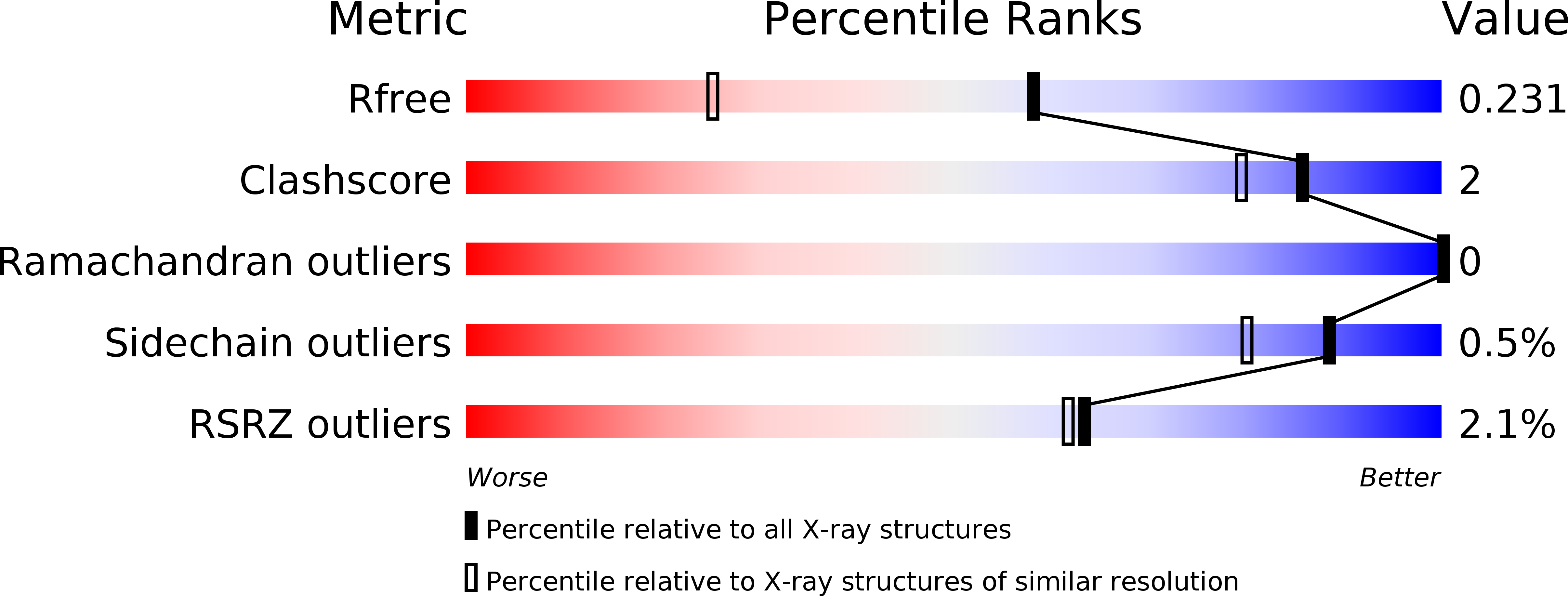
Deposition Date
2015-03-31
Release Date
2015-11-04
Last Version Date
2023-09-27
Entry Detail
PDB ID:
4Z3T
Keywords:
Title:
Meningococcal Factor H binding protein mutant L130R/G133D
Biological Source:
Source Organism:
Neisseria meningitidis (Taxon ID: 487)
Host Organism:
Method Details:
Experimental Method:
Resolution:
1.62 Å
R-Value Free:
0.23
R-Value Work:
0.19
R-Value Observed:
0.19
Space Group:
P 1 21 1


